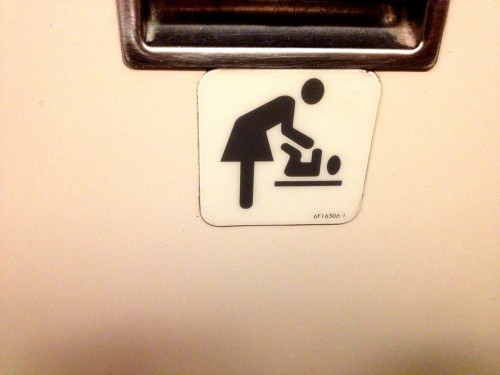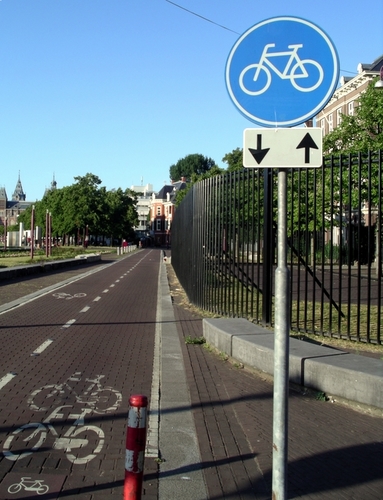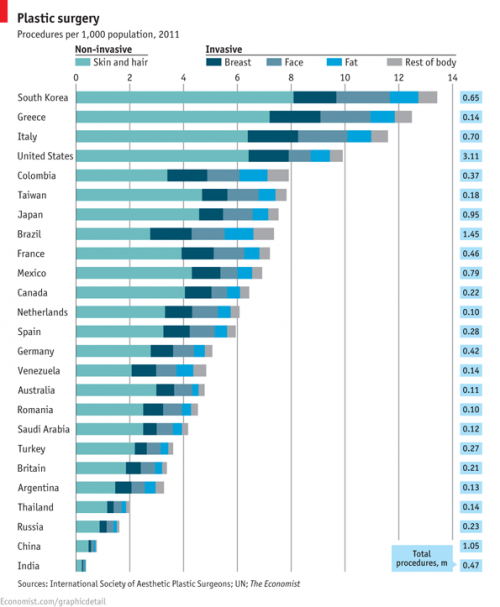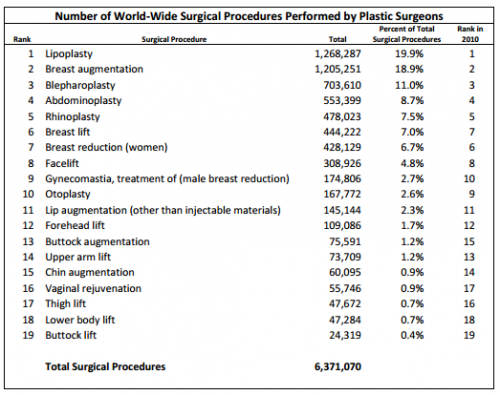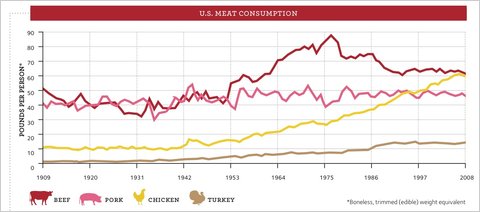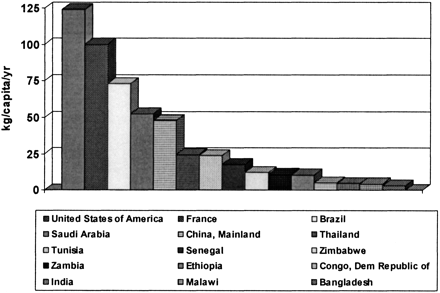Following up on our recent posts on representations of “person”, I discovered a set of stick figures from around the world, collected by Steve Portigal. He has some observations on variations. From a gender perspective, however, they all look more or less like this one from Bali, Indonesia:

What is interesting for our purposes, though, is this Chinese language example from Bangkok, Thailand:

Do you see it? In case you doubted it, the fact that the fourth panel includes a stick figure in a skirt (1) proves that the non-skirted stick figures are implicitly men and, on an entirely different note, (2) reminds us that men do not take care of children.
Similarly, these two pictures of warning signs for moving sidewalks (snapped in the Dublin airport) feature “neutral” stick figures, unless a child is involved:


We see the same phenomenon in commercial airplanes, where “flight attendants” still tend to be pictured in skirts.
Prof. Shaun Huston sent in these photos from United Airlines. Everyone’s in pants… except the person changing a diaper:
Amanda C. sent in another example from a hotel in Sydney. When the stick figures are housekeepers, suddenly they sprout skirts!
Sophie pointed out that in Holland, bike traffic lights only include images of what most people would recognize as a “men’s” bike, with the bar across the top, thereby managing to gender the traffic signals without including any figures of people at all (images found here and here):
For what it’s worth, here’s a counter-example from Malmö, Sweden:

Emanuelle, who took the photo and submitted it, says it’s the only time she can remember that she’s seen a silhouette figure like this with a kid where the figure isn’t clearly marked as female. We’ve a fun collection of traffic lights featuring female stick figures.
We’d love to collect more examples!
Lisa Wade, PhD is an Associate Professor at Tulane University. She is the author of American Hookup, a book about college sexual culture; a textbook about gender; and a forthcoming introductory text: Terrible Magnificent Sociology. You can follow her on Twitter and Instagram.



